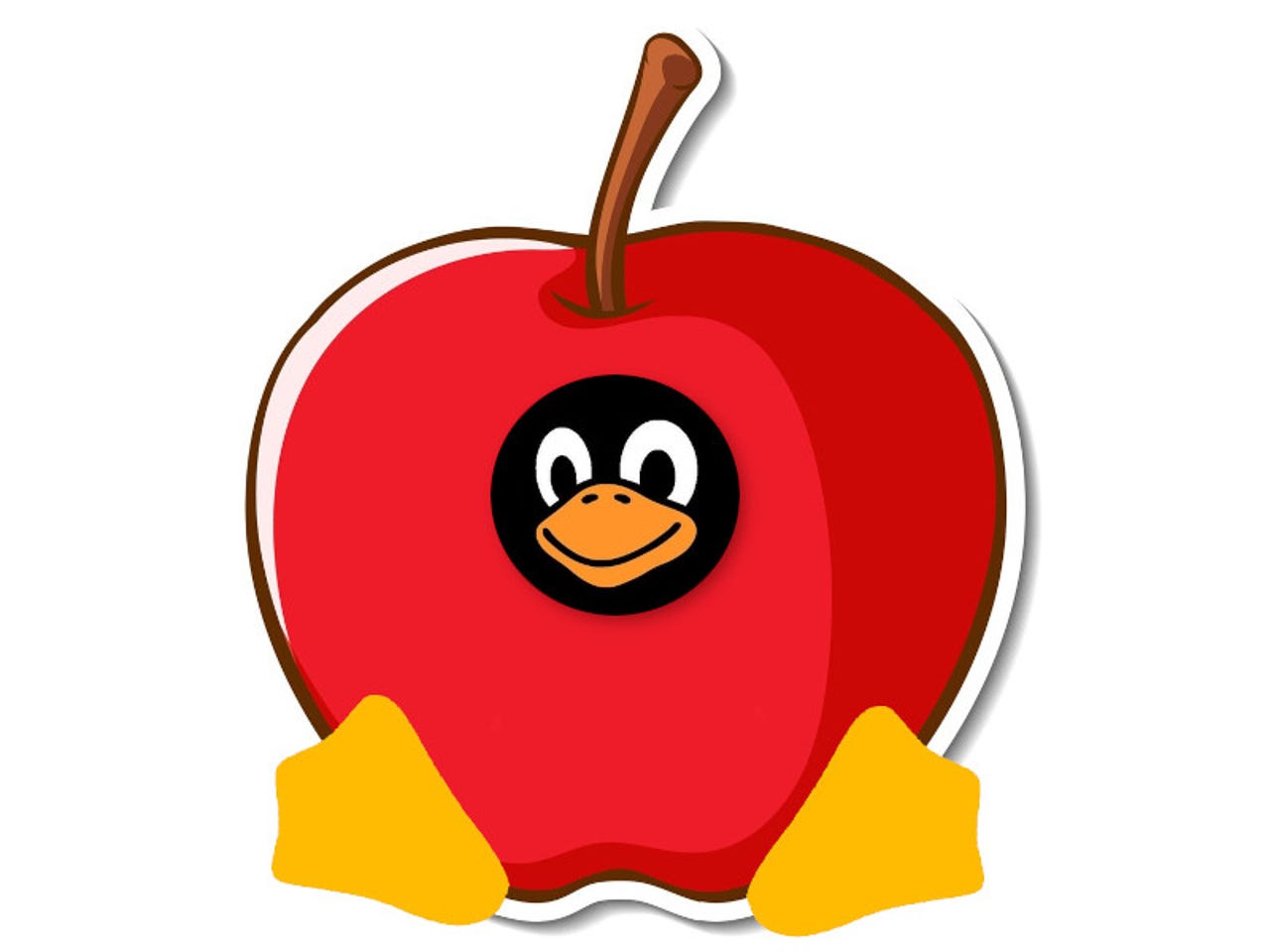
































As a long-time Linux and MacOS user, I see the benefits of each operating system. In fact, I use each for specific purposes and they rarely cross over. For many years though, there have been things I'd like to see Linux borrow from MacOS.
I wrote a piece covering the six features I wish MacOS would copy from Linux -- and this time I want to go in the opposite direction.
Also: 6 Apple Notes features I rely on to stay organized and save time
Although I think Linux is the best operating system for my needs, that doesn't mean there isn't room for improvement. So, let's dive in.
One of my biggest pet peeves with Linux is that video isn't nearly what it is on MacOS. Part of the problem Linux has faced for a very long time is the X Window server, X.org, which never got the features, security, and stability the OS deserved.
The migration to Wayland means the situation is slowly changing. Nevertheless, I can't imagine Wayland will ever achieve what Apple has done with MacOS. The video stack on MacOS is, hands down, the best on the market. Videos of all kinds play by default with a clear, clean, and beautiful look.
Also: Don't like your Linux desktop? Here's how to install an alternative
Linux, on the other hand, isn't always capable of playing every video format without the user first installing third-party codecs. Additionally, even when the video plays, the content never looks as good as on MacOS.
The situation is similar with the audio stack. If there's been one sticking issue for me on Linux, it's audio. Pulse Audio was a nightmare and although Pipewire is an improvement, it still has a long way to go before audio catches up with MacOS.
Take, for instance, Audacity. I cannot tell you how often I've had to restart the sound server to get Audacity to recognize my input or output devices. I've even had to restart the computer to record a simple podcast. Technology shouldn't be this hard -- and MacOS proves that's the case. Linux could use more plug-and-play technology for its audio stack.
MacOS is buttery smooth, including when displaying animations, videos, window movements, and more. Open the Launchpad and it's buttery smooth. Click a menu and it's buttery smooth. I rarely find something on MacOS that doesn't feel this way.
Also: Linus Torvalds takes on evil developers, hardware errors and 'hilarious' AI hype
Linux, on the other hand, doesn't enjoy such graphical smoothness. That's a shame because Linux has a lot of fun eye candy that could benefit greatly from the smooth look and feel found in MacOS.
One of the features on my MacBook Pro I always miss when I'm on Linux is multitouch gestures. Sure, some Linux distributions offer multitouch gesture support, but getting them to work -- and reliably -- can be a chore.
Also: 5 reasons why desktop Linux is finally growing in popularity
Why doesn't a single-finger swipe to the left or right go backward or forward on a website? I use that trick all the time on MacOS and would love to see it come to Linux. This feature is simple but it makes browsing much more effortless.
The MacOS/iOS integration is as good as it gets. Unfortunately, Android integration with any operating system isn't exactly stellar. Given how much Android borrowed from Linux, you would think this integration would be a no-brainer.
Sure, you can use tools like KDE Connect and GSConnect, but they don't offer the simplicity or feature range found in Apple's MacOS/iOS integration. I've tried both tools and only had success with KDE Connect (GS Connect will install, but won't run on Pop!_OS). Integration should be a priority given that the world now defaults to mobile devices over desktops. It's not, but it should be.
Linux would greatly benefit from some applications that run on MacOS. For example, Adobe Creative Suite, Final Cut Pro, and Arc Browser would make a big difference. I started using MacOS for video editing and have found the videos I can create on Apple's OS are much better than those I produce on Linux.
I'm not just talking about ease of use. There isn't an application on Linux that rivals the pro-quality results I get with Final Cut Pro. Yes, there's Davinci Resolve, but using that tool on Linux can be a nightmare. Not only do I have to convert the files into a usable format, but the rendered results are often glitchy or unwatchable. Final Cut Pro, on the other hand, rarely disappoints.
Also: The first 5 Linux commands every new user should learn
There you have it -- six things Linux should "borrow" from MacOS. I'm not saying these adaptations are possible, but imagine the growth Linux would enjoy if it could adopt just some of these features.
 Tags chauds:
technologie
Tags chauds:
technologie